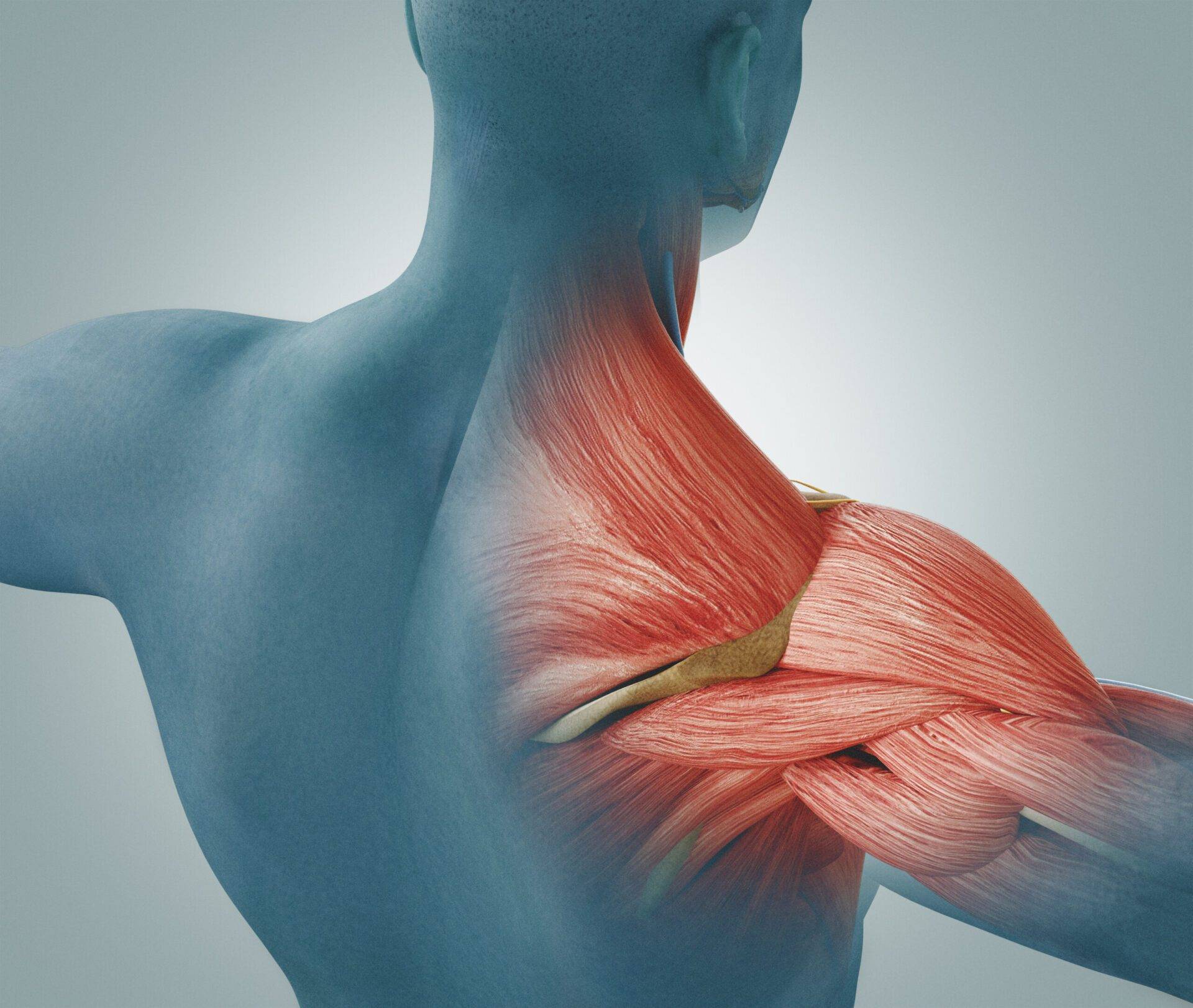By Paul Travis, PT


In addition to improving muscle function, dry needling can also increase the range of motion. The tightness or pain of a muscle can hinder movement and make everyday tasks more challenging. As a result of releasing tension and inflammation, dry needling improves muscle function, making movement and activity easier. Additionally, dry needling can help to improve the range of motion by stretching the muscles and increasing flexibility.

- Muscle pain and stiffness – Dry needling can help to relieve muscle pain and stiffness by targeting trigger points in the affected muscle.
- Tendinitis – Dry needling can help to relieve pain and inflammation associated with tendinitis by targeting trigger points in the affected tendon.
- Headaches – Dry needling can be used to treat tension headaches and migraines by targeting trigger points in the neck and shoulder muscles.
- Joint pain – Dry needling can help to relieve joint pain by targeting trigger points in the surrounding muscles and ligaments.
- Fibromyalgia – Dry needling can help to relieve pain associated with fibromyalgia by targeting trigger points in the affected muscles.
It’s important to note that a trained and licensed professional should only perform dry needling, who will thoroughly assess the patient’s condition and create a personalized treatment plan based on their specific needs. The professional will then use a thin, sterile needle to target specific muscles or areas of pain or discomfort. The treatment is generally well-tolerated; most people experience little or no pain during the procedure.


